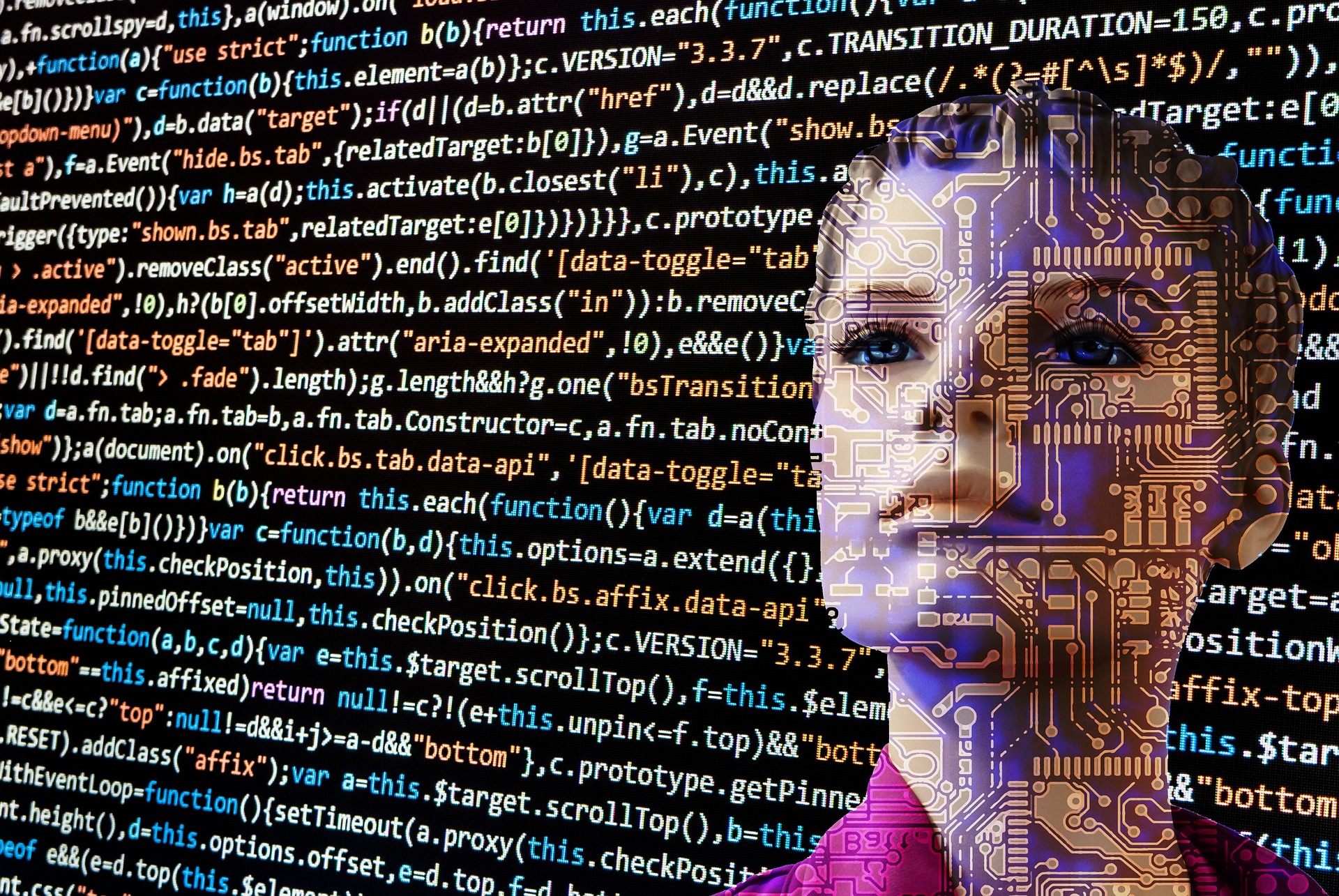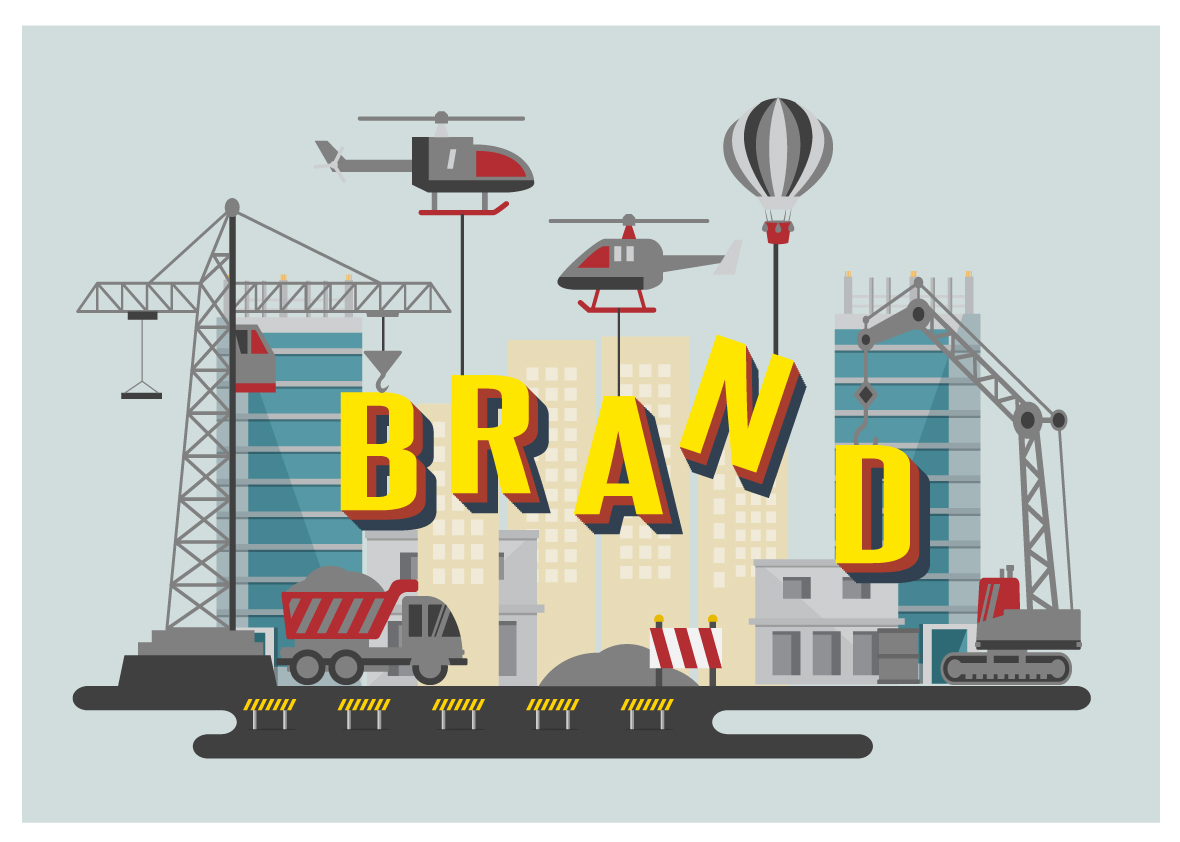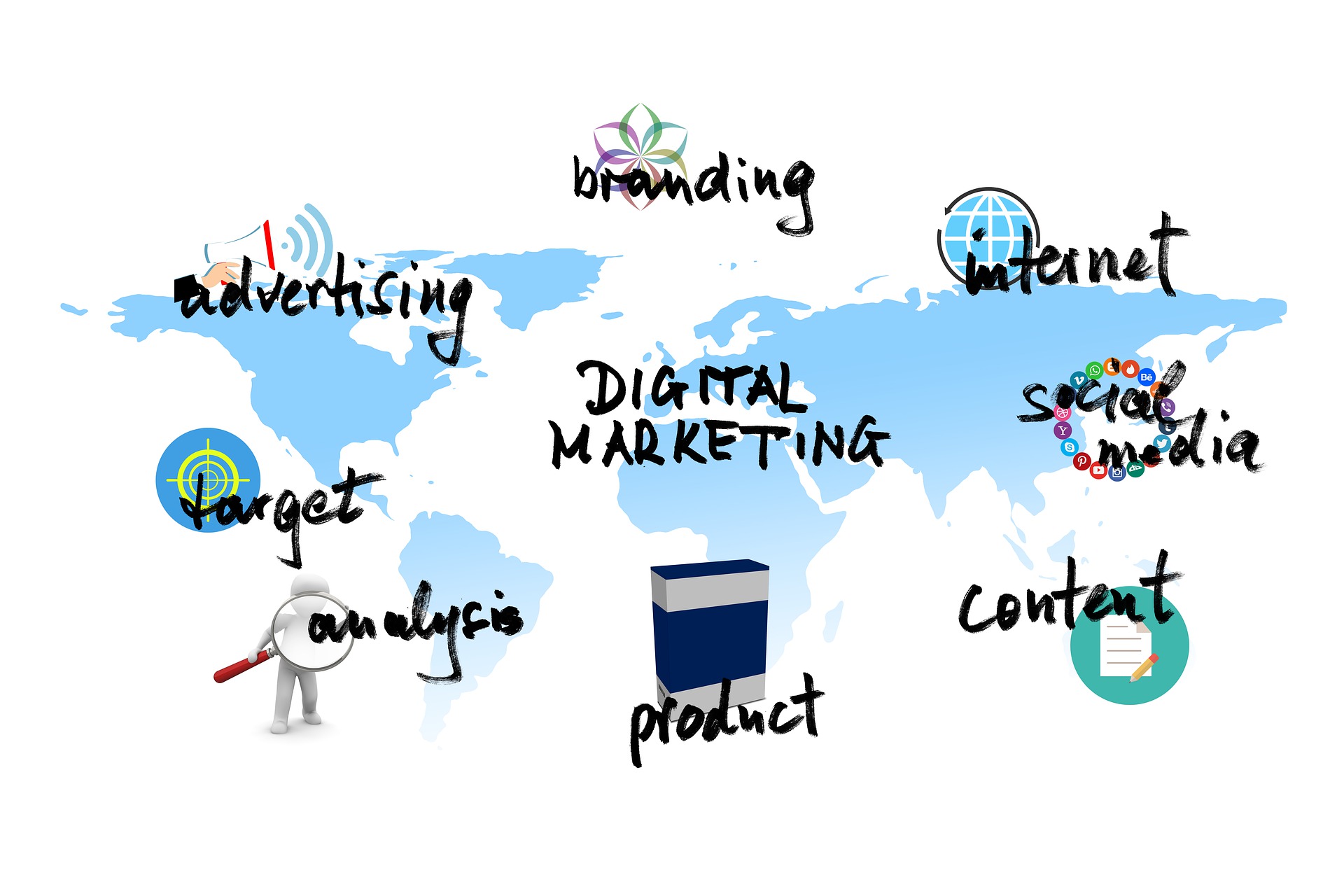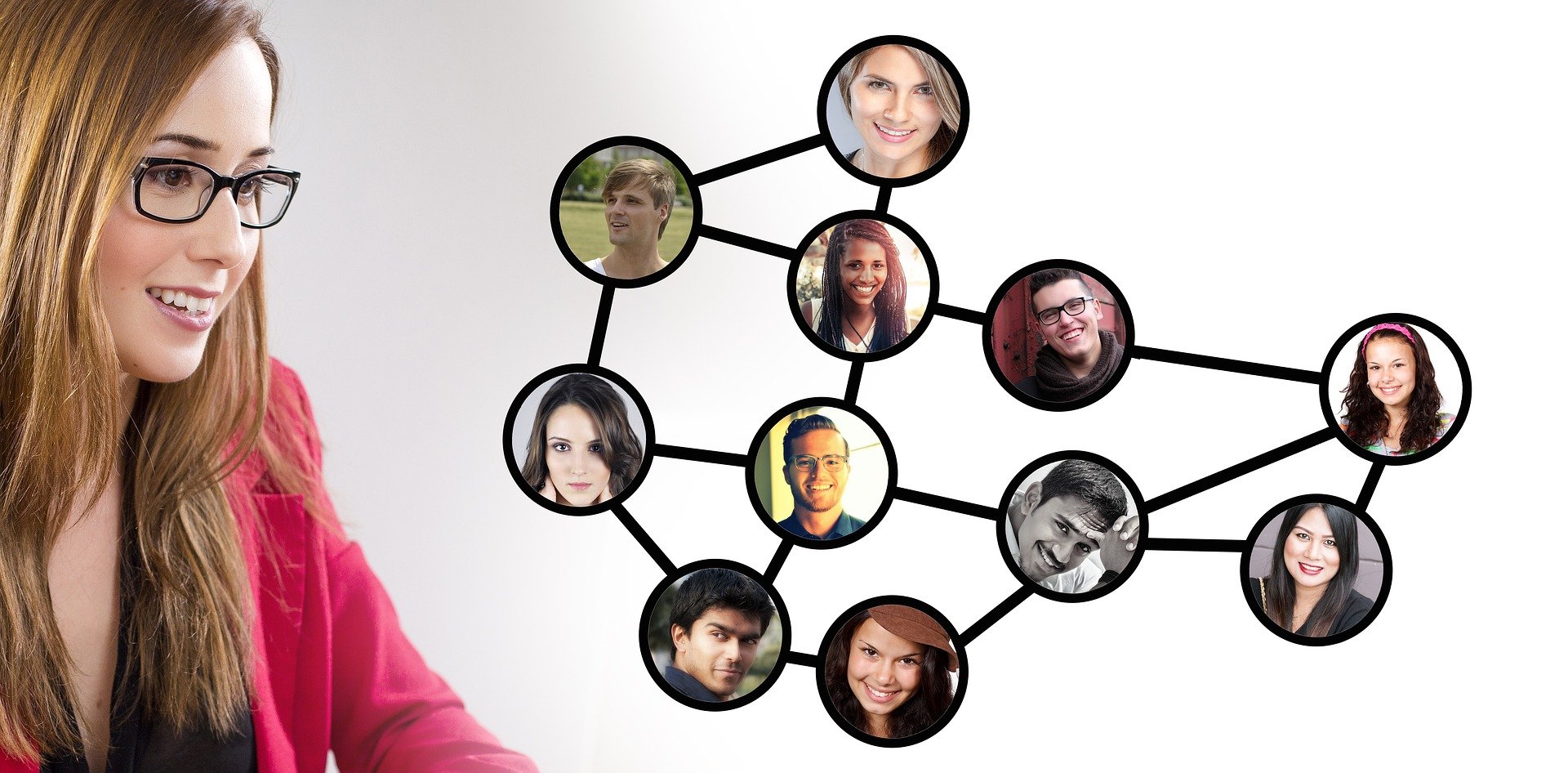Authentic communication has been the goal of business owners since since the internet launched twenty years ago. The path has been challenging for some, and easier for others, but all of it has been packaged with the human protocol of creativity.
Websites quickly followed the internet launch. Soon, people — not just business owners — were eager to learn how to make a website to tell the world what was important to them. This began with what I call “postcard” content (a plain website, post it and walk away) and led to more engaging, dynamic content (moving graphics, forms, etc.), and finally “evergreen” or fresh content, like this article. I wrote it because an idea came to my mind, and I decided to write down my thoughts so anyone could read them.
Now, all that creativity and authenticity may be in danger of being lost.
OpenAI, ChatGPT, and other AI programs threaten to remove “mundane”, repetitive tasks in favor of saving the bottom line for humans.
That’s not always about money, by the way. How individuals define “mundane” and the phrase “bottom line” will define what’s important to them.
Defined.
Mundane is defined as being characterized by what is practical, transitory, and ordinary.
Bottom Line can be defined as financial, the primary or most important consideration, the final result.
Focusing on just business owners or entrepreneurs for this article, it’s easy to see how a software program could simply focus on these definitions and conclude that removing hum-drum, day-to-day things that keep business owners from running their businesses.
So, what IS considered “day-to-day” or “hum-drum”?
Well, “hum-drum” or “mundane” could be those things that bore us out of our minds. If we get bored, we independently conclude that a task or set of tasks isn’t that important at that time. It’s likely different for different people, depending on how they’re built.
Some examples could include marketing, blogging, posting to social media, tracking sales, running financial reports, or returning emails or phone calls. The trouble is all these aspects keep a business functioning and running.
I could argue that most of these tasks, if not all of them, still require the human protocol of creativity. For example, my business uses QuickBooks to keep my accounting records straight. I still have to input the information, but the program is better at adding and subtracting than me. That’s different than telling the software to find my receipts, snap them, and input the information from those receipts, invoices, and payments to my business.
Let’s look at Wilbur and Orville Wright, a.k.a., The Wright Brothers. They are credited for inventing the first basic airplane. Would they have been successful if they had realized that oiling certain machine parts to keep everything moving smoothly was “mundane”? If they had, would humans have learned to fly?
Communication.
This also relates to communication, including marketing.
Marketing is a form of communication. Marketers create ads, blogs, or other reading, visual, or sound copy to give people context or meaning to the messaging.
AI software CAN provide context upon a search command, sure. Prompts, outlines, a commercial, or even a story — all waiting for your fingers to do the walking on the keyboard or by voice command.
Creative thinking has been around as long as humans. While some decisions are way too easy and nearly involuntary (i.e. what to eat, wear, drink, etc.), other choices require more creative thinking — which car to buy, features wanted in the next home or computer, etc.
AI software is stepping in as a potential solution. What it really boils down to is the voluntary surrender of our higher thinking and problem-solving processes. The human protocol isn’t meant to be pandered to, especially by a machine or software. We were endowed with a unique ability — the ability to apply critical thinking to create solutions to problems or concerns.
Authentic.
A tool is meant to supplement or enhance what a human could do. For example, you could use your fist to drive a nail into a piece of wood, or you could use a hammer. Business owners could write every expense, deposit, and income number into a book, or they could subscribe to a program that will do the calculations once the information has been provided. A person could walk 15 miles to reach their destination, or they could hire a Lyft/Uber driver, take a bus or trolley, or buy a vehicle and drive.
ChatGPT or AI software “fetches” what we ask for in a IFTTT (if this then that) capacity. For example, if I search for “cardinals logo”, the software could return results that include both the St. Louis Cardinals’ baseball team logo or the Arizona Cardinals’ football team logo; I could also see results with just cardinals or logos that use the word “cardinal”. Lastly, it could source an article about cardinals.
What I could do next is give two or three bullet points, depending on what aspect of “cardinals logo” I’m writing about, and the software could then write an entire blog article for me about “cardinals logo”.
Where do these results come from?
The internet, from those who created that content. Written very broadly, generically, colloquially so as to seem human. It’s not — it’s still a machine, still software. People are using this software to communicate BUT they forget humans can tell, nearly right away, whether or not it was written/created BY a human. They’re also forgetting protections given to these content creators; without proper attribution and remuneration, these programs are committing a form of theft.
Is that creating content authentically? In my opinion, NO. What it’s actually communicating is laziness and a bit of disregard by the content creator toward the audience. People follow people for their authentic thought leadership — be it written or streamed by video or podcasts — not content that becomes so ubiquitous that anyone can use it (thank you, Nicholas Webb, for that inspiration!).
If the content strategy created for you by ChatGPT or an AI software could be that ubiquitous, what’s makes it special for your particular situation?
Search for your favorite people on LinkedIn. Notice how some have changed their personal pictures (avatars) to something created by an AI program? How is THAT an authentic representation of that influencer or leader?
Does that then give the solutions authority? Not unless you CHOOSE to surrender that authority to a program.
Conclusion.
The problem I see and concern I’m sharing: as ChatGPT or AI software is used, over and over it’s becoming a generic, broad-based echo chamber.
That doesn’t mean we continue using it; it simply means we should recognize these programs for what they are: TOOLS, and nothing more.
When we stop trying to figure out creatively how to solve a problem, we are then allowing a software program to control our lives. That surrender could be costly.
ARE YOU PREPARED to pay that price?
Be strategic. Be visible. Be found.
Ready to start using social media smarter, not harder? Schedule a one-on-one coffee chat over ZOOM to talk about strategically incorporating both social media and inbound strategies into your current marketing plan.
Branded ZOOM backgrounds allow businesses to not only add another option for secondary marketing, but also confirm both identity and authority to prospects and customers. Investment starts at $95. Visit our webpage to get started.
#smallbusiness #businesstips #marketingtips #digitalmarketing #tuesdaythoughts #socialmediamarketing #socialmediatips #bloggingtips #leadershipdevelopment #customerengagement #visiblymedia













